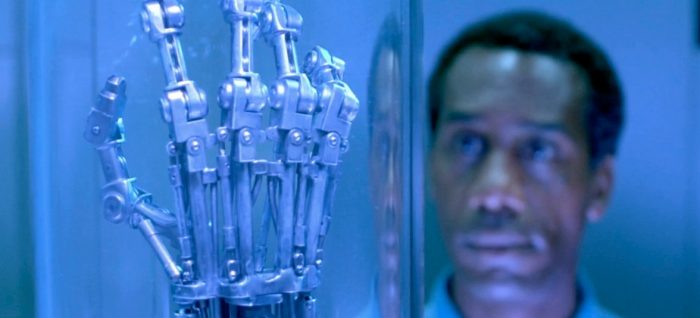Nowadays, it is a well-known fact that, that robots are capable to perform various types of work instead of humans like it was decades ago. And a tendency to replace the human work for robotic one is rising gradually these days. Robots are capable to completely or partially replace human labor where the working conditions are too severe to stand – like factories, plants and so on. Robots can replace humans in a wide variety of environments, whether it is an industrial, military, or medical one. These machines are unpretentious to working conditions, they do not need to be paid wages, and they can work without interruptions and any vacations. They are also able to perform routine work and can be easily replaced once more complicated and modern models are created.
What are the Mechanisms of Robotic Arm Movement?
Moving the members or it would be better to say the segments of a robotic arm are provided by the electric linear actuators – mechanics analogous to the muscles in the human body. Actuators are sources of mechanical energy and linear motion required for a movement. The source of the energy from the machine’s motor gives the actuator its name. Most are electric, but there are also hydraulic and pneumatic actuators
In addition to the electric motor, the electric actuator of the robotic arm also includes a gearbox, which reduces the number of rotations per minute of the electric motor and increases the force acting on the robotic arm, and an electronic control circuit that regulates the speed of rotation of the electric motor. This method of actuating the manipulator has a number of advantages: it does not pollute the environment with exhaust fumes or oil, furthermore, it produces a relatively low level of noise. In addition, modern semiconductor control circuits are cheap and reliable in their operation. All these qualities make the electric actuator one of the most promising industrial branches both in the present and in the future.
The actuator is a muscle of the robotic arm that triggers its motion. In many, it is the linear actuator which largely determines how strong the robot equipped with the robotic arms is (maximum load-carrying capacity), its agility (how accurately it can perform a specified task), its speed (how much time it will take him to accomplish the task) and other specifications. Thus, the specifications of the linear actuator are undoubtedly the basic characteristics of the robotic machine itself.
Modern robotic arms constructed with the best electric linear actuators like the ones produced by Progressive Automations, have compact structures, and boast magnificent versatility moving up & down, left & right, back & front accurately and efficiently. They possess two, three, four, and even five grabbing fingers moving synchronously and smoothly as a one living organism. These robotic arms, equipped with the linear electric actuators, present fast operation speed, a low failure rate. Robotic arms load capacity is great enough to accomplish almost any handling tasks and one of the most convenient sides of this technological advancement is that this technology can be easily customized for different purposes.
Specified technology is already widely recognized as one of the most prominent industrial achievements of the robotics industry, which gained broad popularity on different continents and, at the same time, successfully solved a number of problems with human resources, dangerous working conditions, efficient workflow, and time-consuming monotonous work. This technology breaks the mold in the work order established centuries ago.

